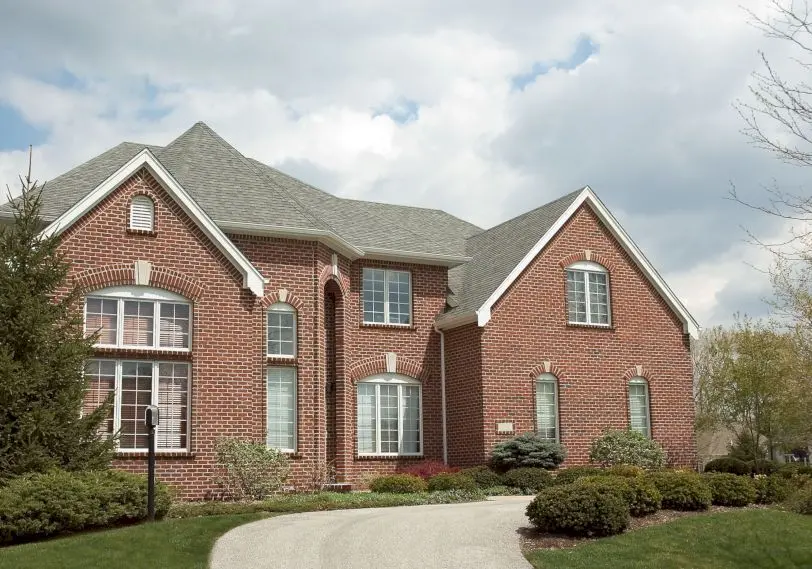The Cost of Neglect: How Ignoring Tuckpointing Can Lead to Major Expenses

Brick structures, known for their durability and aesthetic appeal, are a significant investment in any property. However, the longevity of brickwork heavily relies on the integrity of the mortar joints, which are susceptible to weathering and decay over time. This is where the importance of tuckpointing, the process of repairing and replacing damaged mortar, comes into play. Neglecting tuckpointing can lead to severe structural issues and hefty repair bills. In this post, we’ll explore the consequences of overlooking tuckpointing and why it’s crucial to maintain your brickwork proactively.
Understanding Tuckpointing
Tuckpointing, a critical maintenance task for masonry work, involves the removal of deteriorated mortar from the joints of a brick wall and the application of new mortar. If done correctly, not only does tuckpointing restore the structural stability of the masonry, but it also prevents water and other elements from penetrating the brickwork, which can lead to more severe damage.
The High Cost of Ignoring Tuckpointing
- Structural Damage:
Mortar acts as a bonding agent for bricks, holding the structure together. When mortar erodes and is not repaired, bricks can become loose, leading to instability in the wall. In the worst-case scenario, this can result in partial or total collapse, requiring extensive repairs or rebuilding.
- Water Infiltration:
Cracked or eroded mortar joints are a prime target for water ingress. Water entering through these voids can cause significant damage, including mold growth, interior wall damage, and in colder climates, freeze-thaw cycles that exacerbate the deterioration of the brickwork.
- Thermal Inefficiency:
Compromised mortar joints can lead to drafts and heat loss, decreasing the energy efficiency of a home and increasing heating and cooling costs. Ensuring your brickwork is properly maintained helps in sealing out the elements and maintaining the thermal envelope of your property.
- Decreased Property Value:
The appearance of a property is crucial in determining its value. Neglected brickwork can lead to a rundown appearance, potentially deterring buyers and decreasing the property’s market value.
- Increased Repair Costs:
Like most things, masonry issues will only worsen over time if not addressed. What starts as a small, easily manageable repair can quickly escalate into a significant, costly project. Regular tuckpointing helps in catching and fixing small issues before they turn into major problems.
Investing in regular tuckpointing can prevent structural damage, protect against water infiltration, maintain your property’s aesthetic appeal, and ultimately save you a significant amount of money in the long run. If you notice signs of mortar deterioration in your brick structures, it’s crucial to consult a professional masonry contractor to assess and address the issue promptly. Remember, when it comes to maintaining your property’s integrity and value, proactive care is key.